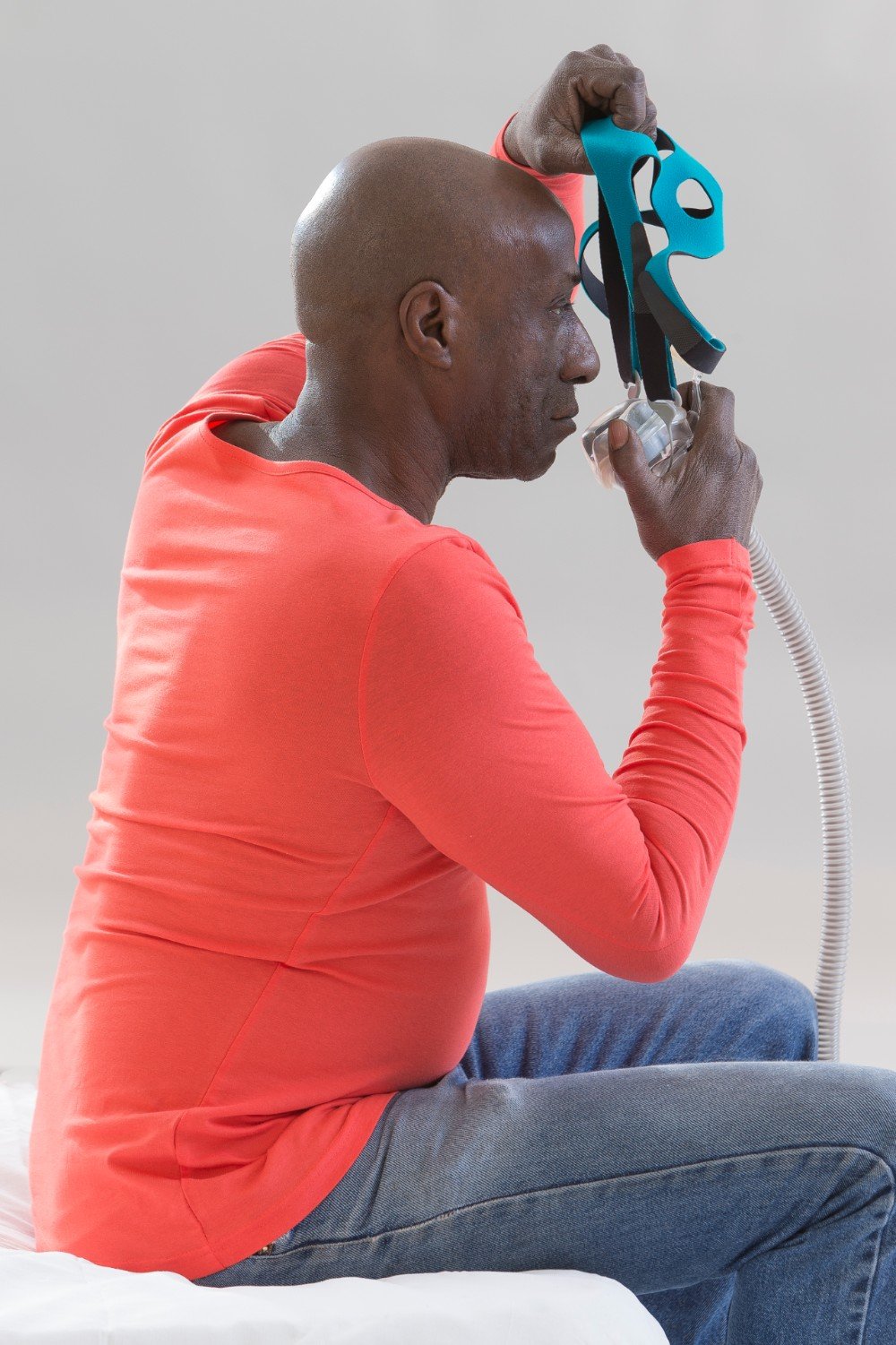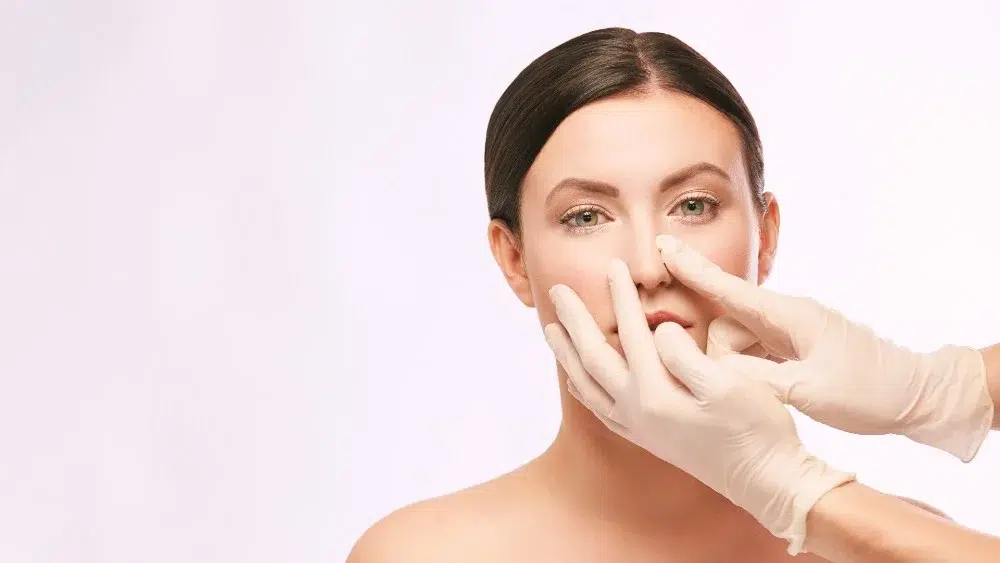Snoring may be the focus of some jokes and cartoons, but for people who snore and those who live with them, it is not a laughing matter. Snoring reduces the length and quality of sleep for the snorer, his or her bed partner, and sometimes the entire household. Snoring is a common problem among all ages and both men and women.
Approximately 90 million American adults snore, 37 million on a regular basis. Some causes of snoring are temporary such as pregnancy or upper respiratory distress caused by a cold or the flu. Persistent snoring needs to be addressed, and there are many remedies. Some require making minor changes; others require medical intervention.
Lifestyle Changes
Snoring problems often can be solved or reduced by making changes in your lifestyle that will widen your airways. Some are quite simple such as raising the head of your bed by at least four inches. This does not require a trip to the store as you can use books or bricks.
You may want to use wooden blocks. These should at least 4 x 4 inches. Place the risers beneath the two head posts and be sure they are the same height. This will not damage the mattress or cause it to sag. Other methods include the following:
- A wedge pillow works well for snorers who share a bed with a partner who does not want his or her head raised. These pillows are inexpensive. You will sleep on the incline needed to alleviate your snoring while your partner can sleep flat.
- Sleeping on your side will sometimes move your tongue to the back of your throat. This may cause your tongue to partially block air moving through your throat, which is one cause of snoring. Try sleeping on your back.
- Do not drink alcohol for at least two hours before bedtime. Alcohol relaxes the muscles in your throat, which can cause snoring.
- Get enough sleep. The Mayo Clinic recommends at least seven hours of sleep a night and gives tips for getting a good night’s sleep.
- Re-evaluate your need for and dosage of prescribed or over-the-counter sleep aids such as sedatives with your health care provider. These can cause snoring.
- Stop smoking. According to a WebMD reported study, habitual snoring (loud and disturbing snoring at least three nights a week) affected 24% of smokers, 20% of ex-smokers, and 14% of people who had never smoked.Snoring frequency increased with the amount of smoking, and nonsmokers are more likely to snore if exposed to second-hand smoke in their homes. Smoking irritates and inflames the upper airways, making snoring more likely. You may wish to discuss stop smoking strategies with your health care provider. Nicotine gum and patches have been proven effective by many ex-smokers. Others have found prescription drugs help to kick the habit.
- Losing some weight will help reduce the amount of throat tissue that may be causing you to snore if you are overweight.
Medication and Devices
 Stick-on nasal strips help increase the width of your nasal passage making breathing easier and reducing snoring. These are placed above the flare of the nostrils, and a strong adhesive keeps them in place all night. Use package directions for proper placement. They are easy to remove with warm water. These work best if you do not have another condition that affects your breathing.
Stick-on nasal strips help increase the width of your nasal passage making breathing easier and reducing snoring. These are placed above the flare of the nostrils, and a strong adhesive keeps them in place all night. Use package directions for proper placement. They are easy to remove with warm water. These work best if you do not have another condition that affects your breathing.- Treat allergies. They can obstruct nasal airflow forcing you to breathe through your mouth. Mouth breathing increases the chances you will snore.
- Check with your dentist to see if a mouthpiece (called an oral appliance) may be appropriate. These make breathing easier by keeping air passages open. These devices are made to fit your mouth. There is no “one size fits all.”
- A CPAP (continuous positive airway pressure) machine helps keep airways open. This is a pressurized air mask you wear while you sleep and a common treatment for sleep apnea. You will need a physician’s prescription for this device. The average price is $850 and many insurance companies cover the cost of the machine, mask, hose, filters, and tubes
Correct Structural Problems
Snoring is a primary symptom of sleep apnea, which affects 12 million Americans. Treating sleep apnea and snoring not caused by apnea may require medical intervention. Sometimes the snoring is caused by a deviated septum. This is a flaw in the wall separating the sides of the nose and can be caused by an injury. The specialists at C/V ENT offer a range of interventions tailored to your specific problem. Some of these interventions include the following:
- The Pillar is a new, minimally invasive procedure that places three to five tiny inserts into the soft palate. This reduces vibrations that cause snoring and reduces airway obstruction.
- Laser-Assisted Uvulopalatoplasty (LAUP) is an in-office procedure performed with a cold laser that significantly reduces the pain of regular laser treatment. This removes a rim of the soft palate that causes airway obstruction and snoring. Patients may experience mild to moderate throat discomfort for up to a week and can resume normal activities after one or two days.
- Coblation uses radiofrequency energy (waves of electric and magnetic energy) to remove extra soft tissue in the nose and/or throat that is interfering with the airway. This may include the tonsils.
- Uvulopalatopharyngoplasty (UP3/UPPP) is the oldest procedure for enlarging the airway and has been used since 1981 in the United States. It removes the tonsils, uvula, and part of the soft palate. This invasive procedure requires a general anesthetic. Following surgery, the patient needs a soft diet for one to two weeks, and pain medication will be prescribed. This procedure is used in cases of sleep apnea when CPAP treatment is not effective and the apnea is severe enough to cause significant medical problems or threats.
- Septoplasty is one of the most common procedures to remove obstruction caused by a deviated septum (bone and cartilage that divides the two nasal passages.) The problem can be present at birth or caused by an injury. During the procedure, no cuts are made on the face — the incision is inside the nose. Portions of cartilage and bone are removed or straightened. Cosmetic surgery to improve the appearance of the nose can be done at the same time.
The surgeons at C/V ENT Surgical Group are experienced in these and other surgical interventions that alleviate or cure snoring and its underlying conditions. You have a wide range of options that can help you.
For the solution that is right for you, please contact us for a consultation. Our physicians are board-certified, and we use cutting-edge techniques and the best medical equipment to diagnose and treat our patients.
Interested in learning more about snoring and its treatment? Download our free guide on snoring and obstructive sleep apnea to find out how you can sleep better at night.

